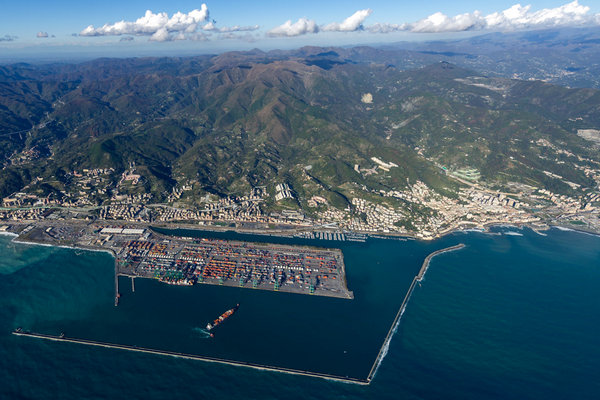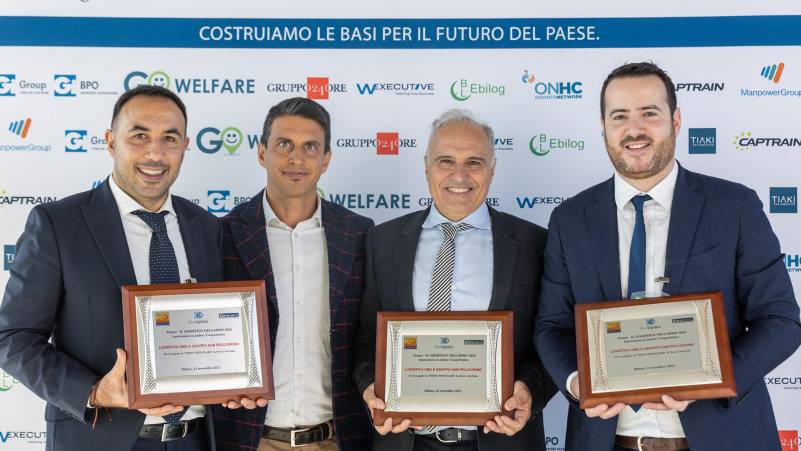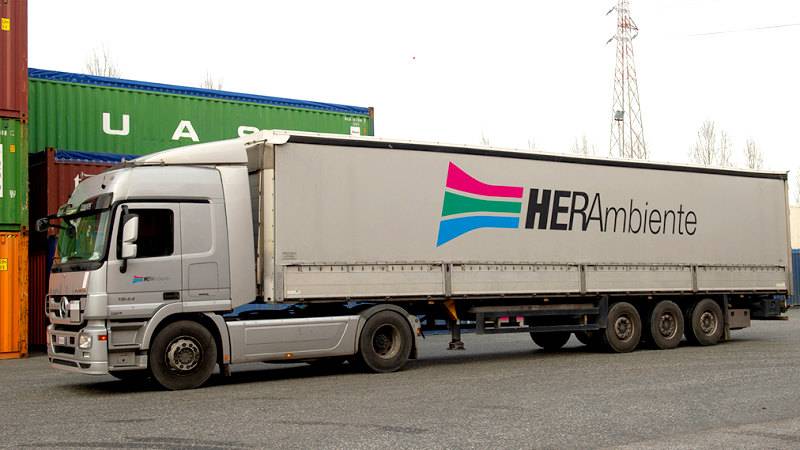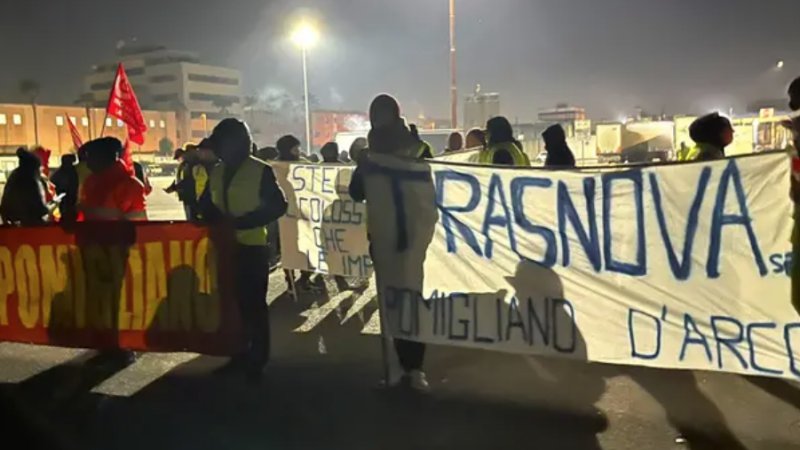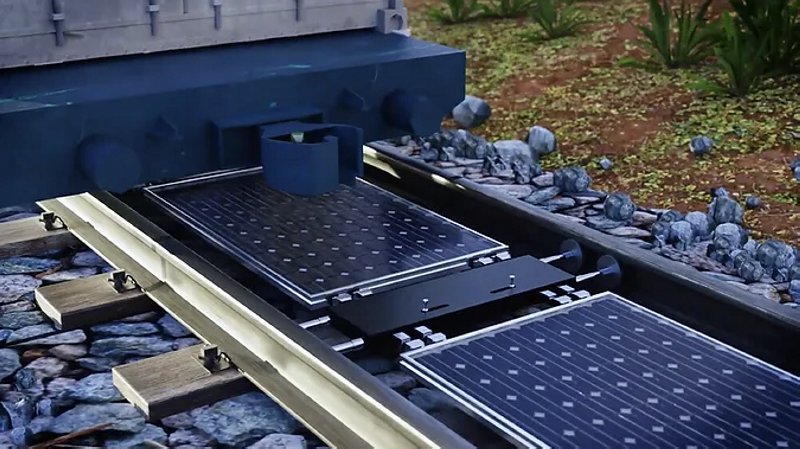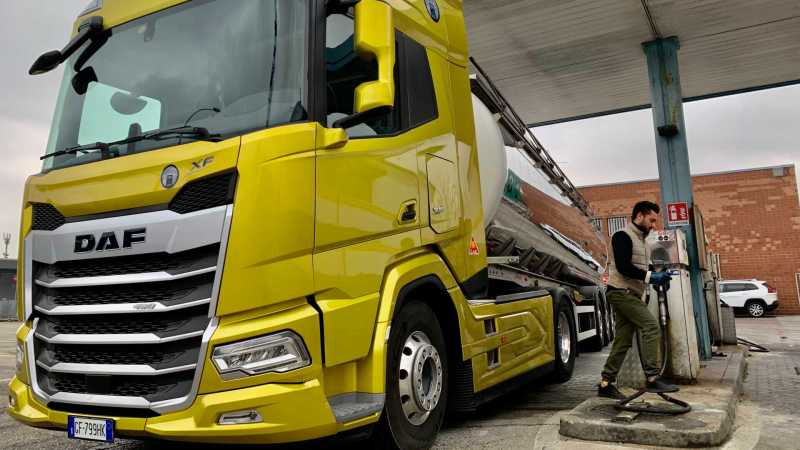Just weeks after an accord was reached between unions and businesses for operations at US East Coast ports, tensions are mounting at West Coast ports, where talks between the ILA and the USMX remain deadlocked over automation. The current contract expires on 15 January 2025, with little sign of progress towards a new agreement. Further complicating the situation is the incoming administration of President-elect Donald Trump, who has announced new trade tariffs set to take effect after his inauguration on 20 January.
The first alarm was raised in early December 2024 by the National Retail Federation (NRF), which represents retail businesses across the United States. The NRF expressed concerns about the economic fallout of potential port strikes and the impending tariffs. Both threats, expected in early 2025, have triggered a surge in stockpiling by importers and retailers, leading to a sharp increase in container traffic at major US ports.
USMX has stated that automation and investment in new technologies are non-negotiable priorities for a new general contract. The alliance highlighted that semi-automated cranes have been in operation for over a decade at several ILA-managed ports, delivering significant efficiency gains without eliminating jobs. However, the ILA views such technologies as an existential threat to its workforce, arguing that they do not improve productivity and would inevitably lead to job losses. ILA President Harold Daggett recently reiterated this stance during a speech to protesting workers at the Port of Newark.
The numbers validate the concerns. In October 2024, US ports handled 2.25 million TEU (twenty-foot equivalent units), marking a 9.3% year-on-year increase. Projections for December indicate 2.14 million TEU, a 14.3% rise. Looking ahead to 2025, the NRF has revised its traffic estimates upwards: January is expected to see 2.2 million TEU, up 12% from the previous year, while March is projected to register a further 12.7% increase.



